Former site of Liceu Nacional de Macau (No. 89, Avenida do Conselheiro Ferreira de Almeida)
At the turn of the late 19th and early 20th centuries, the Portuguese administration in Macao built new roads for development and a series of neo-classical, western-style houses along Avenida do Conselheiro Ferreira de Almeida, on the former Tap Seac Village's rural land plots. Known as the “Eight Houses”, no. 89, Avenida do Conselheiro Ferreira de Almeida is one of these, located on the west side of Tap Seac Square. The building adopts a three-section design, with arch arcade design on both floors, a four-column porch with a triangular pediment, to stress the central axis. Its exterior is painted in beige and white, giving it significant visual and landmark prominence.
Built in the early 20th century, the Building at No. 89 was first owned by Macao Holy House of Mercy and served as an orphanage and a shelter for the disabled. In 1923, the Government acquired the property, which later became the site of Liceu Nacional de Macau from the following year until 1958. Afterward, the building was used as the office of the Health Department and since 2005, it has functioned as the headquarter of the Cultural Affairs Bureau.
In 1894, the Portuguese administration in Macao ordered the establishment of a secondary school, Liceu, which has relocated several times. Initially it was based at the St. Augustine's Seminary, and later at the Hotel Bela Vista for a short period. Since 1923, the school had relocated to No. 89, Avenida do Conselheiro Ferreira de Almeida, next to which a sports pavilion was built. Later it moved to a new venue in Praia Grande area, and in 1986 to the school complex (the site of today’s Macao Polytechnic University) on Rua de Luís Gonzaga Gomes, NAPE. In 1999, the Liceu Nacional de Macau completed its historical mission and closed for good.
Before mid-19th century, education in Macao was mainly provided by the Catholic churches, focusing on early childhood education, primary and theological education. In 1893 the Macao government carried out a reform, establishing a formal secondary school, which became Liceu Nacional de Macau. The school followed the Portuguese education system, with Portuguese as the medium of instruction, mainly for the local Portuguese community. Notable poet and writer Camilo Pessanha once taught there. The school played a crucial role in the diversity of Macau’s education and the development of Portuguese-language education in Macao. The building at No. 89 Avenida do Conselheiro Ferreira de Almeida was the site once housing the Liceu, and an important witness to Portuguese education in Macao.

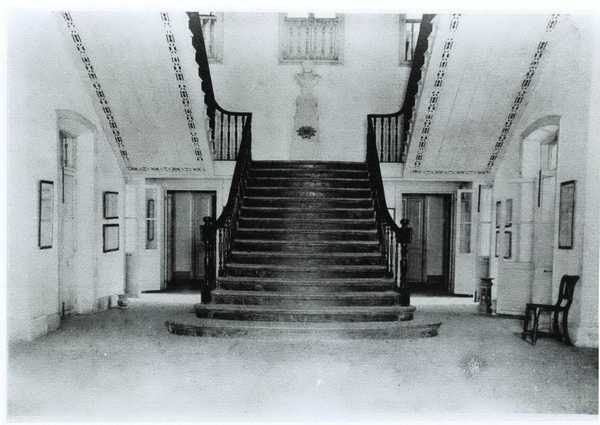
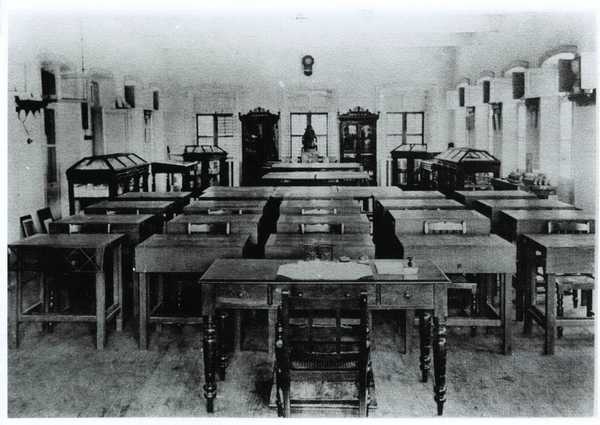

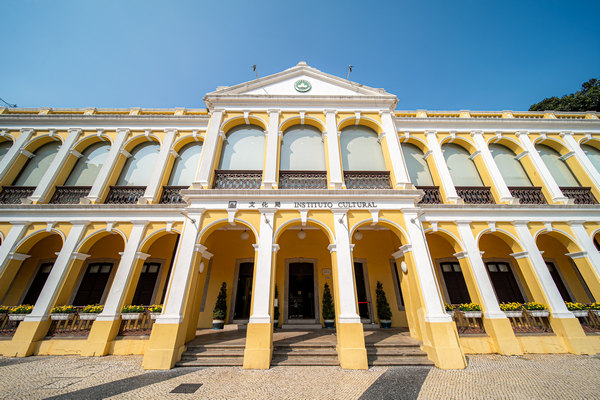
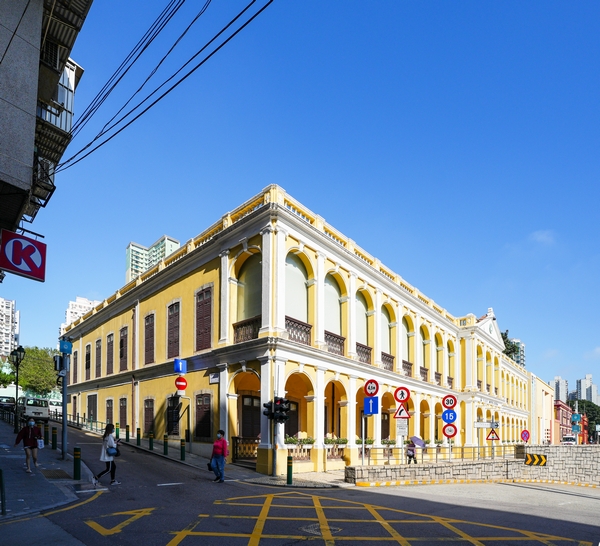
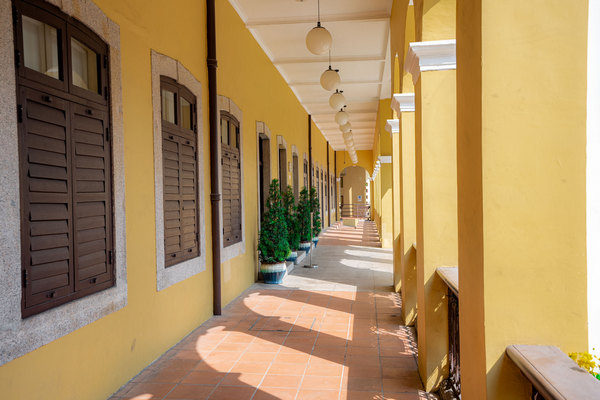
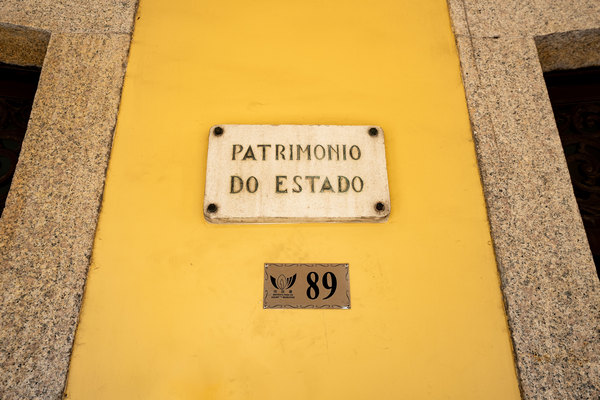

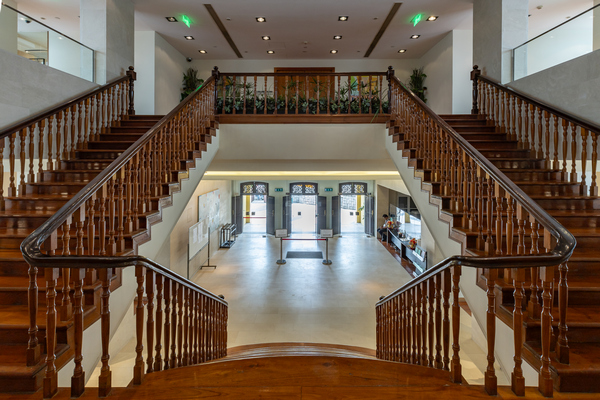
-
扫一扫在手机打开当前页









